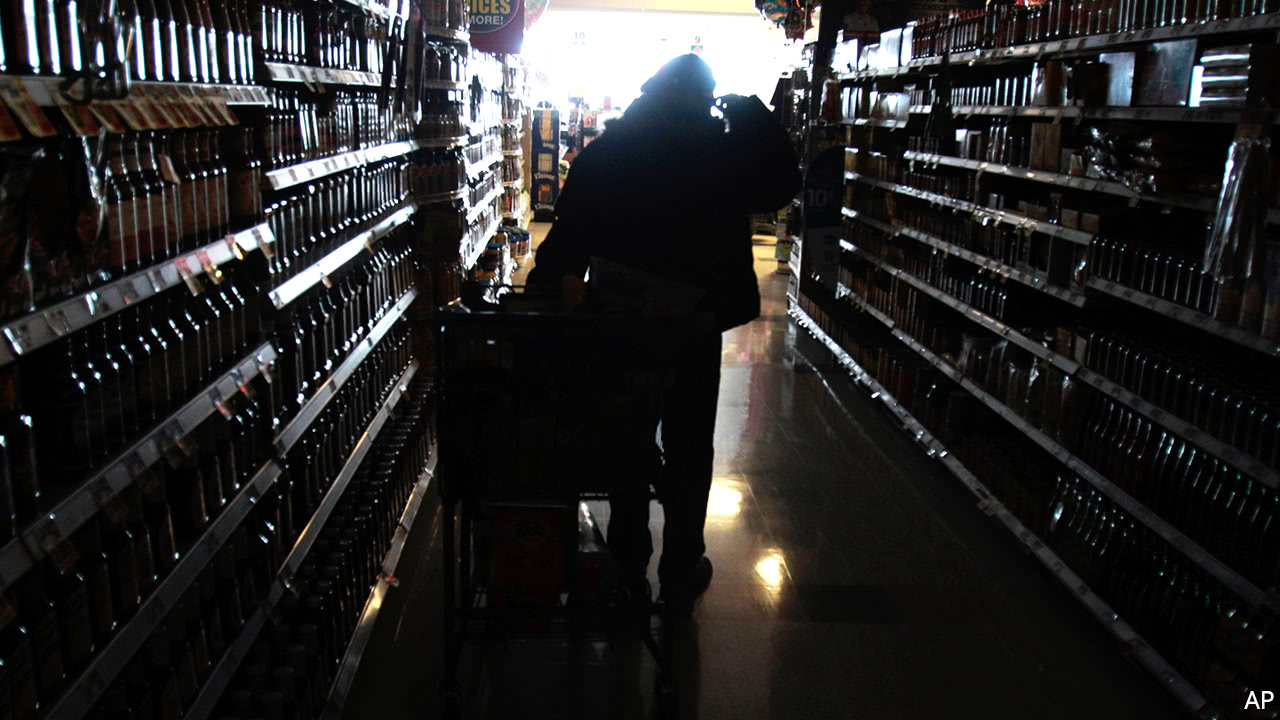
WHEN North Korea said on September 3rd that it had developed a hydrogen bomb, adding that it could be used for a “super-powerful” high-altitude electromagnetic pulse (HEMP) attack, America’s electricity industry was already on alert. Sceptics tend to dismiss as far-fetched the idea that the rogue regime would knock out the electricity grid by detonating a nuclear bomb high in the atmosphere. Regulators have not mandated safety measures. But the utilities are taking it seriously enough.
They are more than a year into a three-year programme, funded by about 60 electricity firms, to understand the potential impact of a HEMP attack on the generation and transmission of electricity, and to find ways to shield the network. Such concerns are not new. In 1962, when America exploded nuclear devices high above the Pacific, electrical damage was found in Hawaii. The industry has also studied analogous space-weather effects on power systems, such as a geomagnetic storm in 1989 that knocked out power in Quebec.
-
Why Stephen King’s novels still resonate
-
Are Americans sacrificing food and clothing to pay their taxes?
-
Retail sales, producer prices, wages and exchange rates
-
Foreign reserves
-
Why “affordable housing” in Africa is rarely affordable
-
What effect is Donald Trump really having on American tourism?
But North Korea’s threat has focused more attention on the matter, says Robert Manning of the Electric Power Research Institute (EPRI), a non-profit organisation that is leading industry efforts. One problem underlined at a Senate hearing in May was the armed forces’ reluctance to share intelligence with utilities, and their lack of understanding about how to keep electricity flowing. “We were almost speaking past each other,” says Mr Manning. Communication has since improved, he adds.
An EMP has three components, known as E1, E2 and E3, that from high altitude can spread across thousands of miles. The shortest, E1, lasts for nanoseconds, but can damage electronic components such as computers and electricity infrastructure. E2 is similar to a lightning strike, longer than E1 but at a lower amplitude. E3 is the longest-lasting and can affect transmission lines and the transformers connecting output from power stations to the grid.
Some have argued that an attack on America’s power grid could lead to a catastrophic blackout lasting months. An EPRI study in February calculated that E3 from multiple detonations was unlikely to cause mass transformer failure. But it sees no cause for complacency and is doing more studies.
Mr Manning says the industry is also looking for ways to shield equipment from electromagnetism, for example by using Faraday cages, metallic structures that block radio waves, to render the threat less effective. In Europe and Israel, experts have long studied HEMP. South Korea and Japan, also in the line of fire, are waking up to the threat too, he says.
Source: economist
America’s utilities prepare for a nuclear threat to the grid